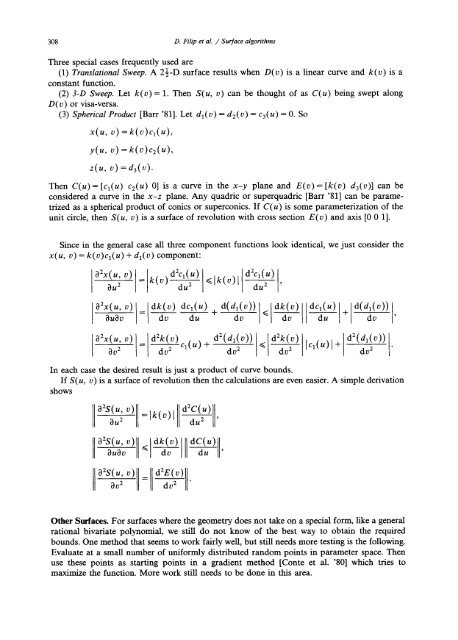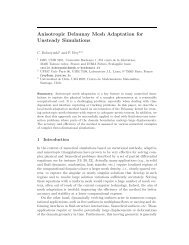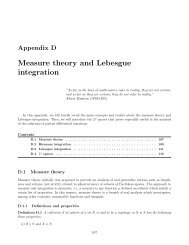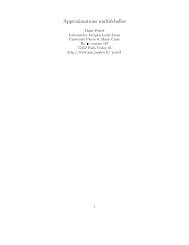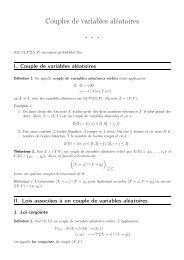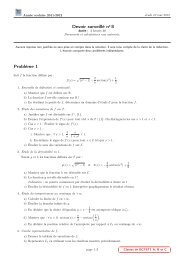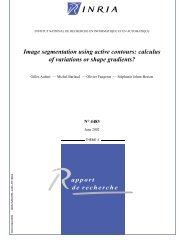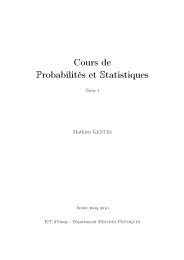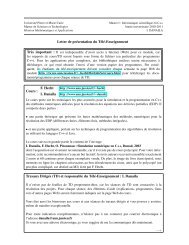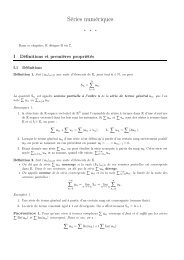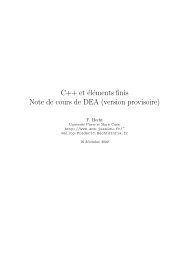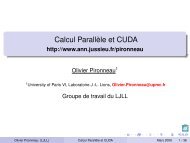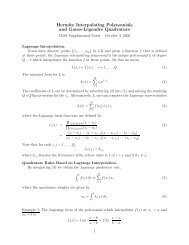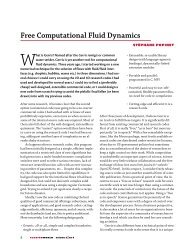Surface algorithms using bounds on derivatives
Surface algorithms using bounds on derivatives
Surface algorithms using bounds on derivatives
Create successful ePaper yourself
Turn your PDF publications into a flip-book with our unique Google optimized e-Paper software.
308 D. Filip et al. / <str<strong>on</strong>g>Surface</str<strong>on</strong>g> <str<strong>on</strong>g>algorithms</str<strong>on</strong>g><br />
Three special cases frequently used are<br />
(1) Translati<strong>on</strong>al Sweep. A 2½-D surface results when D(v) is a linear curve and k(v) is a<br />
c<strong>on</strong>stant functi<strong>on</strong>.<br />
(2) 3-D Sweep. Let k(v)= 1. Then S(u, v) can be thought of as C(u) being swept al<strong>on</strong>g<br />
D(v) or visa-versa.<br />
(3) Spherical Product [Barr '81]. Let da(v ) = d2(v ) = c3(u ) = 0. So<br />
x(u,v)=k(v)q(u),<br />
y(u, v)=k(v)c2(u ),<br />
z(u, v)=da(v ).<br />
Then C(u)= [ca(u) c2(u) 0] is a curve in the x-y plane and E(v)= [k(v) d3(v)] can be<br />
c<strong>on</strong>sidered a curve in the x-z plane. Any quadric or superquadric [Barr '81] can be parame-<br />
trized as a spherical product of c<strong>on</strong>ics or superc<strong>on</strong>ics. If C(u) is some parameterizati<strong>on</strong> of the<br />
unit circle, then S(u, v) is a surface of revoluti<strong>on</strong> with cross secti<strong>on</strong> E(v) and axis [0 0 1].<br />
Since in the general case all three comp<strong>on</strong>ent functi<strong>on</strong>s look identical, we just c<strong>on</strong>sider the<br />
X(U, V) = k(V)Cl(U ) + dl(V ) comp<strong>on</strong>ent:<br />
a x(u, o)<br />
OU 2<br />
= k(v)<br />
d2q(u)<br />
du 2<br />


